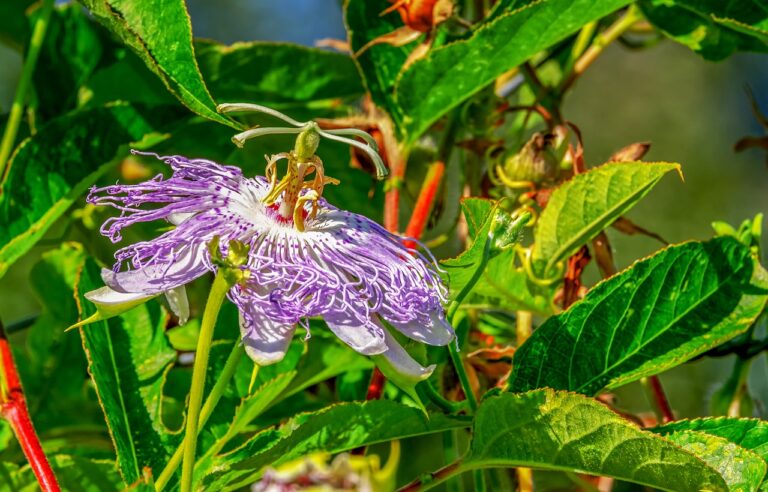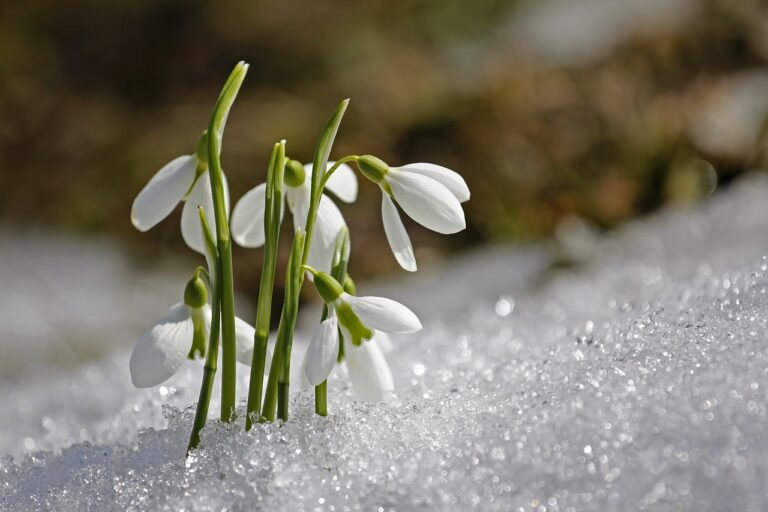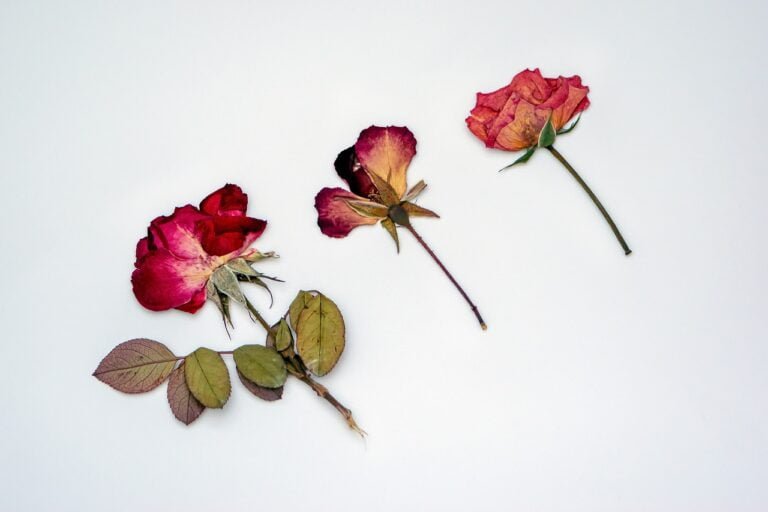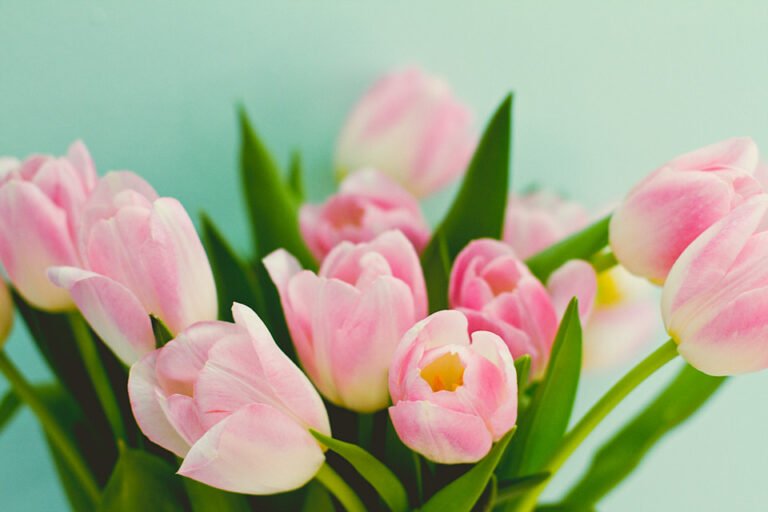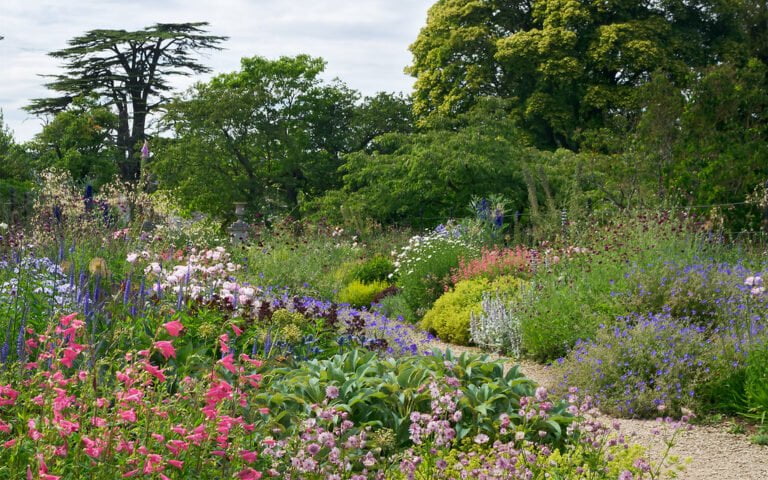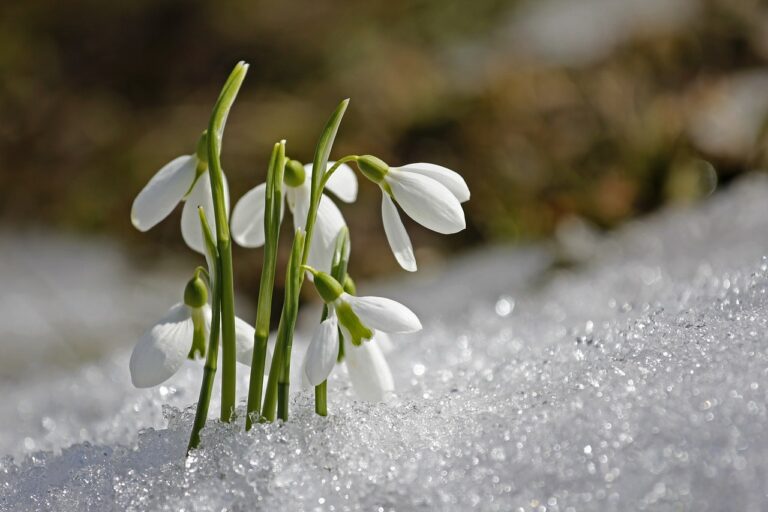Guide to Planning and Creating a Colorful Flower Garden
Are you ready to transform your backyard into a vibrant oasis? Look no further! This guide is your ticket to planning and creating a colorful flower garden that will impress everyone who lays eyes on it. With our expert tips and step-by-step instructions, you'll learn how to select the right flower varieties, understand sunlight and soil requirements, and design a stunning layout. Get your hands dirty and let your creativity blossom!
Selecting the Right Flower Varieties
- Choose at least three different flower varieties that thrive in your climate and suit your personal preferences. When it comes to creating a colorful flower garden, selecting the right varieties is crucial. Consider the climate of your area and the specific needs of each plant. Companion planting is a great technique to maximize the health and beauty of your garden. By pairing compatible flowers together, you can create a harmonious environment that promotes growth and discourages pests. Additionally, it is important to think about flower garden maintenance. Some varieties may require more attention than others, so make sure to choose plants that align with your available time and resources. Remember, a well-planned and well-maintained flower garden will bring you joy and beauty throughout the seasons.
Understanding Sunlight and Soil Requirements
To ensure the success of your colorful flower garden, it is essential that you understand the sunlight and soil requirements of your chosen flower varieties. Understanding plant nutrition and the importance of proper drainage are key factors in creating a vibrant and thriving garden.
When it comes to sunlight, different flowers have different needs. Some varieties thrive in full sun, while others prefer partial or even full shade. It's important to research the specific requirements of each flower and ensure that you place them in the appropriate spot in your garden to maximize their growth and blooming potential.
Equally important is understanding the soil requirements of your flowers. Soil provides nutrients and water to the plants, so it's crucial to have a good understanding of the soil composition in your garden. Some flowers prefer well-drained soil, while others thrive in moist or even sandy soil. By knowing the specific needs of your chosen flower varieties, you can create an environment that promotes their health and beauty.
Proper drainage is another vital aspect to consider. Excess water can lead to root rot and other plant diseases, so it's crucial to have a well-drained garden bed. If your soil doesn't naturally drain well, you can improve it by adding organic matter such as compost or peat moss. This will help create a loose and porous soil structure, allowing water to flow through it easily.
Understanding the sunlight and soil requirements of your flowers is the foundation for a successful and colorful garden. By providing them with the right conditions, you will ensure that they receive the necessary nutrients and water to thrive. So take the time to research and plan accordingly, and watch as your garden blooms into a stunning display of nature's beauty.
Planning the Layout of Your Garden
Now that you understand the sunlight and soil requirements of your flowers, it's time to plan the layout of your garden. Designing pathways and incorporating garden structures are essential elements of a well-organized and visually appealing flower garden. When designing pathways, think about how you want to move through your garden and create a flow that feels natural and inviting. Consider using materials such as gravel, stepping stones, or brick to define your pathways and add a touch of charm. Garden structures like trellises, arbors, and pergolas can add height and interest to your flower garden. They provide support for climbing plants and create focal points that draw the eye. By incorporating these elements into your garden layout, you'll create a space that is not only beautiful but also functional and enjoyable to explore.
Preparing the Soil for Planting
Before starting your planting, ensure that the soil is properly prepared. The success of your colorful flower garden depends on it. To begin, focus on improving drainage. This is crucial as excess water can drown the roots and hinder plant growth. One way to achieve better drainage is by adding organic matter such as compost or well-rotted manure to the soil. This will help loosen compacted soil and allow water to flow freely. Additionally, testing the soil pH is essential. Most flowers prefer a slightly acidic soil, so it's important to know the pH level before selecting the plants. You can easily test the soil using a pH testing kit available at garden centers. By taking these steps, you'll create a fertile and favorable environment for your flowers to thrive. Happy gardening!
Planting and Transplanting Techniques
Get ready to dig in and start planting your colorful flower garden with these essential planting and transplanting techniques. When it comes to planting techniques, it's important to choose the right depth and spacing for your flowers. Dig a hole that is twice as wide and deep as the root ball, and gently loosen the roots before placing the plant in the hole. Fill the hole with soil, firm it gently, and water thoroughly. Transplanting tips are also crucial for a successful flower garden. Whether you're moving a plant from a pot to the ground or transferring it to a different location, make sure to water the plant thoroughly before and after the transplant. Be gentle with the roots and avoid damaging them. With these planting and transplanting techniques, your colorful flower garden will thrive and bring joy to your outdoor space.
Watering and Fertilizing Your Garden
To ensure the health and vitality of your garden, it is essential to properly water and fertilize your plants. Watering your garden is crucial, as it provides the necessary hydration for your plants to thrive. Consider installing an irrigation system, such as drip irrigation or sprinklers, to ensure a consistent and efficient water supply. This will save you time and effort, while also preventing water wastage. Additionally, organic fertilizers are recommended for a vibrant and eco-friendly garden. They provide essential nutrients to your plants without the harmful chemicals found in synthetic fertilizers. Organic options include compost, manure, and bone meal. These nourishing fertilizers promote healthy growth and contribute to the overall sustainability of your garden. Remember, a well-watered and properly fertilized garden is a happy garden.
Controlling Weeds and Pests
For effective control of weeds and pests, you need to be proactive in managing them in your flower garden. Weeds can quickly overtake your beautiful flowers, stealing nutrients and sunlight. To prevent this, start by removing any existing weeds and their roots. Then, apply a layer of mulch around your flowers to suppress new weed growth. Regularly inspect your garden and promptly remove any new weeds that emerge. When it comes to pests, opt for natural pest repellents to protect your flowers without harming the environment. For example, you can make a homemade insecticidal soap using water, dish soap, and a few drops of essential oil. Additionally, consider attracting beneficial insects like ladybugs and lacewings to your garden, as they can help control pest populations. By staying vigilant and using these weed control and natural pest repellent techniques, your flower garden will thrive and bring you joy all season long.
Maintaining and Pruning Your Flowers
To ensure the health and longevity of your flower garden, proper maintenance and pruning of your flowers is essential. Regular maintenance not only keeps your garden looking beautiful but also promotes the overall health of your plants. When it comes to flower maintenance, there are a few key techniques to keep in mind. Firstly, deadheading or removing spent flowers is crucial for encouraging new growth and prolonging the blooming season. Additionally, it is important to monitor your plants for any signs of disease or insect infestations. If you notice any issues, prompt action is necessary to prevent further damage. Lastly, pruning is an important aspect of flower maintenance, as it helps to shape and control the growth of your plants. By implementing these pruning techniques and staying on top of regular maintenance, your flower garden will thrive and continue to bring joy and beauty for years to come.
Extending the Blooming Season
Maximizing the longevity of your flower garden's blooming season can be achieved through strategic planning and care. Choosing the right flowering plants is crucial for a long blooming season. Look for varieties that have extended bloom times or rebloom throughout the season. Perennials like coneflowers, daylilies, and asters are great options as they often have multiple flushes of flowers. Annuals like petunias, marigolds, and zinnias also provide continuous blooms. Implementing proper care techniques is equally important. Regular deadheading, removing spent flowers, encourages new blooms to form. Adequate watering and fertilizing will promote healthy growth and prolonged blooming. Additionally, providing the plants with the right amount of sunlight and protecting them from extreme weather conditions will help extend their blooming season. With careful selection and diligent care, your flower garden can be a vibrant display of color for an extended period.
Showcasing Your Colorful Flower Garden
How can you make your colorful flower garden truly shine for all to see? One way to showcase your beautiful blooms is by using decorative flower pots. These pots not only add a touch of style and elegance to your garden, but they also serve as a focal point for your vibrant flowers. Choose pots in different shapes, sizes, and colors to create an eye-catching display. Another way to showcase your garden is by attracting pollinators. Butterflies, bees, and hummingbirds are not only beautiful to watch, but they also play a crucial role in the pollination process. Plant flowers that are known to attract these pollinators, such as lavender, coneflowers, and butterfly bush. By incorporating decorative flower pots and attracting pollinators, you can create a vibrant and lively garden that will captivate anyone who sees it.
Frequently Asked Questions
How Can I Attract Butterflies and Bees to My Colorful Flower Garden?
To attract butterflies and bees to your colorful flower garden, focus on attracting pollinators and incorporating native plants. These creatures play a crucial role in pollination and are drawn to the familiar scents and colors of native flowers.
What Are Some Common Diseases That Can Affect Flowers and How Can I Prevent Them?
To prevent common flower diseases, take preventive measures like providing proper watering and drainage, practicing crop rotation, and regularly checking for signs of infection. Boost pollinator attraction by planting nectar-rich flowers and creating a pesticide-free environment.
Can I Plant Flowers in Containers Instead of Directly in the Ground?
Yes, you can definitely plant flowers in containers instead of directly in the ground. Container gardening offers numerous benefits, such as flexibility and mobility. The best types of containers for flowers include pots, hanging baskets, and window boxes.
How Often Should I Deadhead My Flowers?
You should deadhead your flowers regularly to promote continuous blooming and maintain a tidy garden. Pruning when necessary allows for new growth, more vibrant flowers, and prevents the plant from wasting energy on producing seeds.
Are There Any Specific Flowers That Are Best for Attracting Hummingbirds?
To attract hummingbirds, the best flowers include trumpet vine, bee balm, and cardinal flower. Creating a hummingbird-friendly garden requires planting these vibrant flowers and providing a water source, shelter, and feeders.
Conclusion
Congratulations! You are now equipped with the knowledge and passion to create a vibrant and captivating flower garden. By carefully selecting the right flower varieties, understanding their sunlight and soil requirements, and planning the layout, you are on your way to a colorful masterpiece. Remember to prepare the soil, plant with proper techniques, control weeds and pests, and maintain and prune your flowers. With your dedication and expertise, you can extend the blooming season and showcase your stunning garden to the world. Happy gardening!

